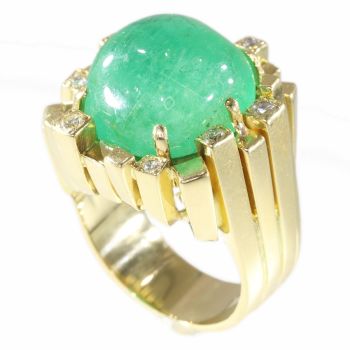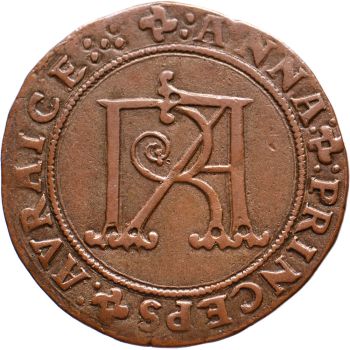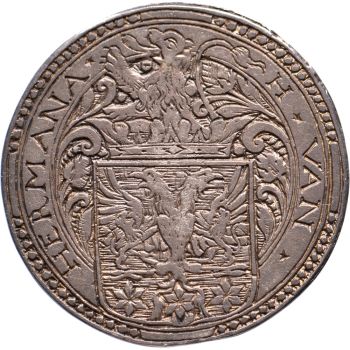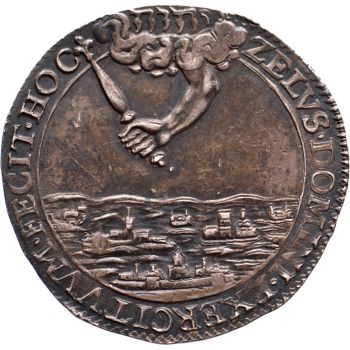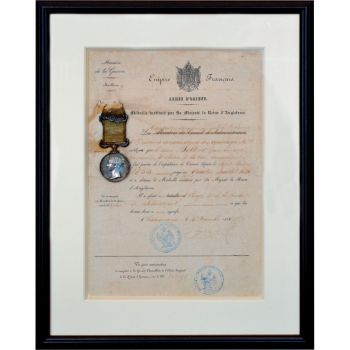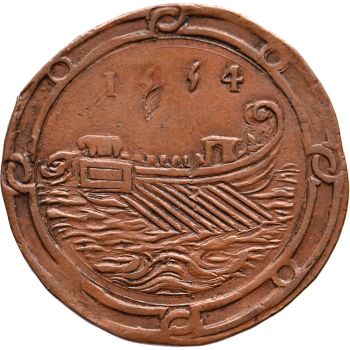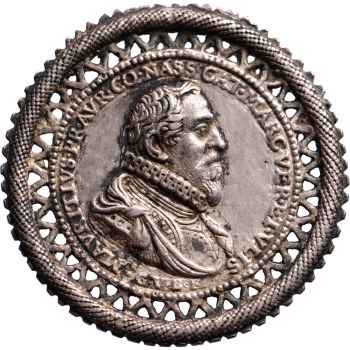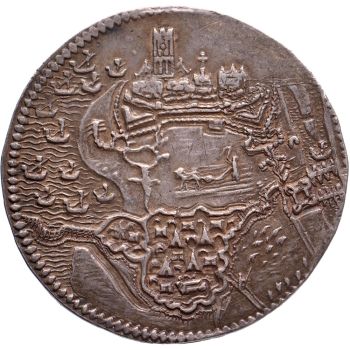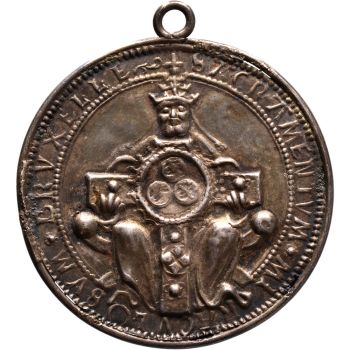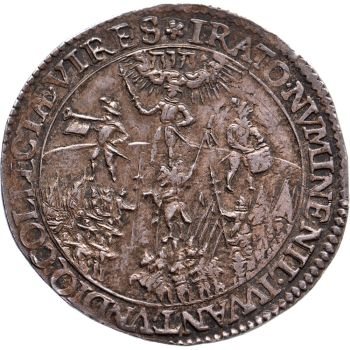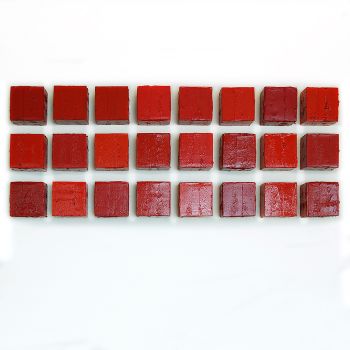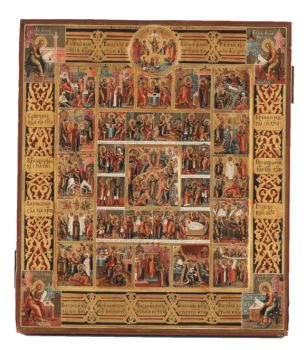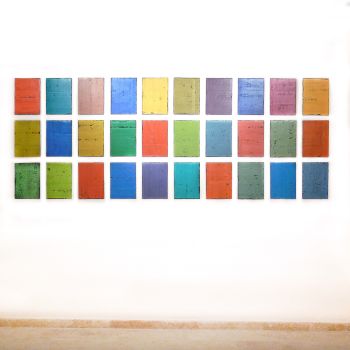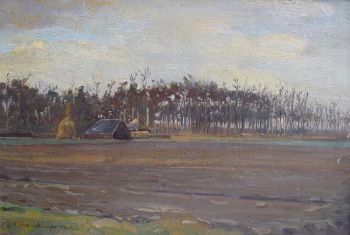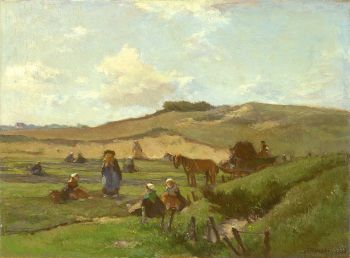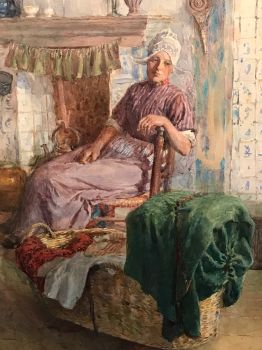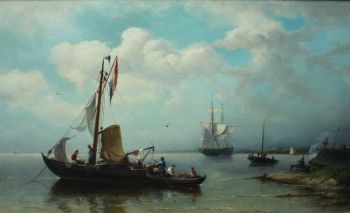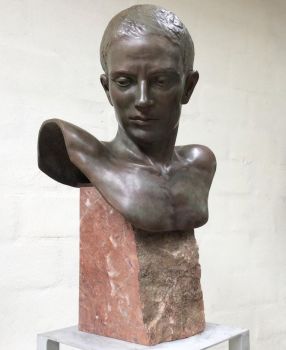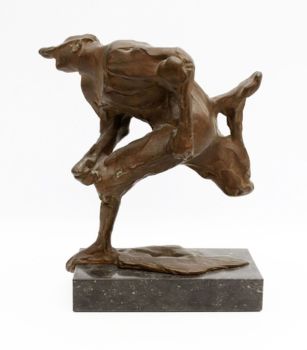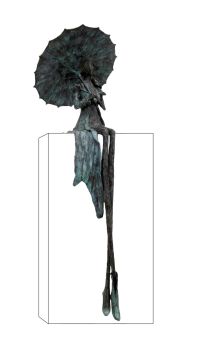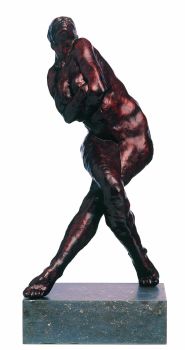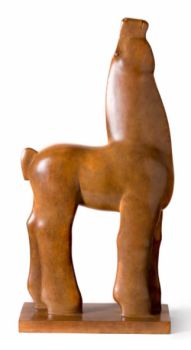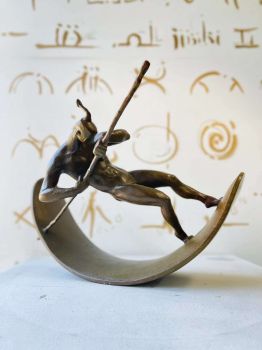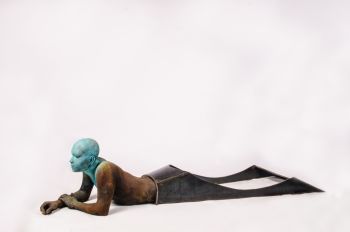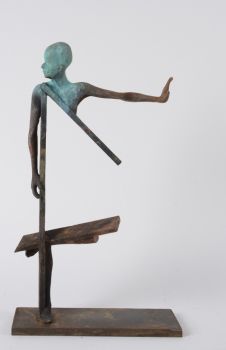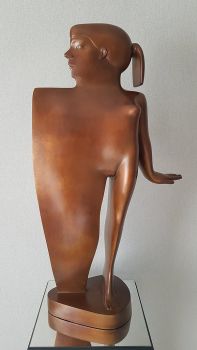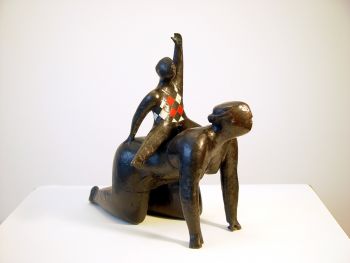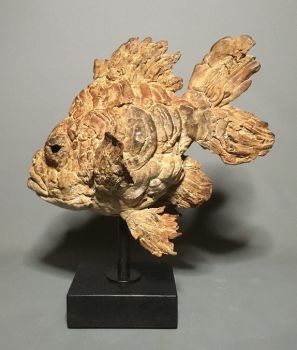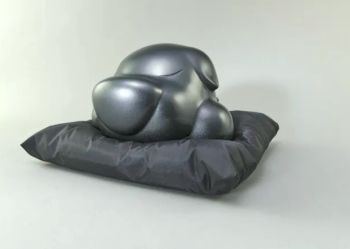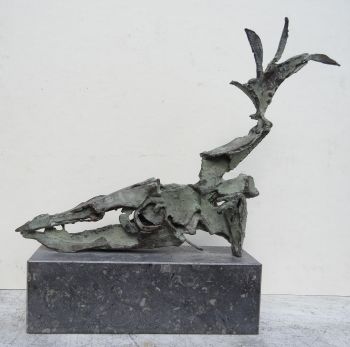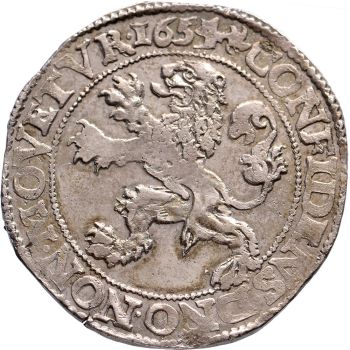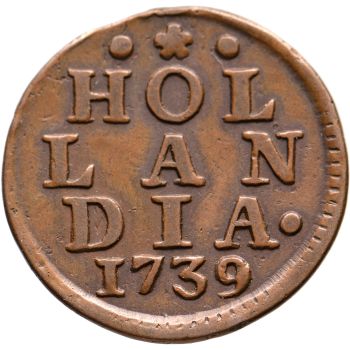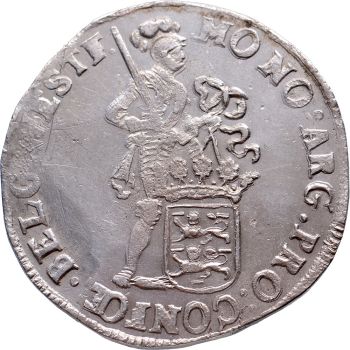Expedition to Brazil and capture of St. Thomas by admiral Van der Does. Betts 20 1599
Artista Desconocido
Jongeling Numismatics & Ancient Art
- Sobre la obra de arteObverse: EN ALTERA QVÆ VEHAT ARGO, the ship the Argo seen from the side, a standing soldier on the prow, the large sail with the name of Jehovah, the golden fleece hanging from the prow, S.C. underneath
Keerzijde: SIC NESCIA CEDERE FATA MDIC, bird’s-eye view of Bommeler- and Tielerwaard, two border posts in the shape of a human with the Hebrew text for Jehovah between them
RARE
The golden fleece on the prow refers to the myth of Jason and the golden fleece, who performed glorious feats with his argonauts. The caption, an adapted quote from Virgil, also refers to this: “alter erit tum Tiphys et altera quae vehat Argo delectos heroas” (“There will be another Tiphys and another Argo, which shall carry chosen heroes”).
Pieter van der Does was a Dutch admiral (1562-1599) who fought against the Spanish during the Eighty Years’ War (1568-1648). In 1599 he left on an expedition to Brazil with 66 ships, but not before entering into a confrontation with the Spanish to maintain Dutch hegemony at sea. He sailed towards the Spanish-Portuguese coast to set up a blockade there. This failed. He then sailed to Gran Canaria and took Las Palmas. However, he did not hold out here either and continued his journey to South America, where he stocked up on large quantities of wood (mahogany) and sugar in Brazil. He sailed back via the Cape Verde islands and also conquered the island of St. Thomas (São Tomé) on the African west coast. From this island they took 100 cannons, many chests of sugar, ivory and linen. Shortly afterwards, however, Van der Does, together with 1,000 crew members, became seriously ill and died within 15 days. This medal was issued after his death to commemorate his exploits.
Weight: 6.48 g
Diameter: AE 30.0 mm
Grade: Extremely Fine
Reference: vL. 532.2; Dugn. 3472; Betts 20 - Sobre el artista
Puede suceder que un artista o creador sea desconocido.
Algunas obras no deben determinarse por quién está hecho o por (un grupo de) artesanos. Algunos ejemplos son estatuas de la Antigüedad, muebles, espejos o firmas que no son claras o legibles, pero también algunas obras no están firmadas en absoluto.
También puedes encontrar la siguiente descripción:
•"Atribuido a …." En su opinión, probablemente una obra del artista, al menos en parte.
•“Estudio de….” o “Taller de” En su opinión, una obra ejecutada en el estudio o taller del artista, posiblemente bajo su supervisión
•“Círculo de…” En su opinión, una obra del período del artista que muestra su influencia, estrechamente asociado con el artista pero no necesariamente su alumno.
•"Estilo de …." o “Seguidor de…”. En su opinión, una obra ejecutada al estilo del artista pero no necesariamente por un alumno; puede ser contemporáneo o casi contemporáneo
•"Manera de …." En su opinión una obra al estilo del artista pero de fecha posterior
•"Después …." En su opinión, una copia (de cualquier fecha) de una obra del artista
•“Firmado…”, “Fechado…” o “Inscrito” En su opinión, la obra ha sido firmada/fechada/inscrita por el artista. La adición de un signo de interrogación indica un elemento de duda.
•“Con firma…”, “Con fecha…”, “Con inscripción…” o “Lleva firma/fecha/inscripción” en su opinión la firma/fecha/inscripción ha sido añadida por alguien que no es el artista
¿Está interesado en comprar esta obra de arte?
Artwork details
Related artworks
- 1 - 4 / 12
Artista Desconocido
N.d. Murder of Johan and Cornelis de Witt in The Hague1672
€ 2.250Jongeling Numismatics & Ancient Art
 curada por
curada porDanny Bree
Artista Desconocido
UITGEBREIDE FEESTDAGENIKOON MET PASSIECYCLUS19th century
Precio a consultarHeutink Ikonen
Artista Desconocido
Chinese gilt bronze censer, Xuande mark, 18th century, Qing dynasty18th century
Precio a consultarMenken Works of Art
1 - 4 / 24Johannes Evert Akkeringa
'Nettenboetsters' in the Dunes1861 - 1942
Precio a consultarStudio 2000 Art Gallery
Dutch School
Llegada de un holandés de las Indias Orientales a Table Bay18th century
Precio a consultarZebregs & Röell - Fine Art - Antiques
Willem Maris
Polderlandschap met koeien en molens op warme zomerdag1880 - 1890
Precio a consultarPrivate Collection Classic Arts
Gyrinus
Vidrio grabado punteado con putti1764 - 1766
Precio a consultarPeter Korf de Gidts - Antiquairs
1 - 4 / 24- 1 - 4 / 24
- 1 - 4 / 12











